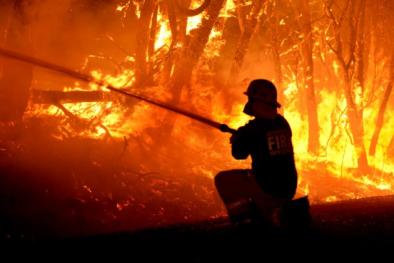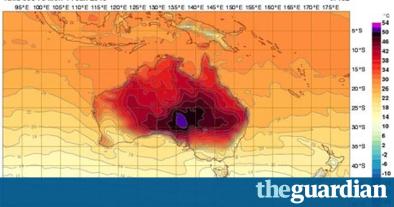Australia Temperature Anomaly
Australian Government Bureau of Meteorology
Related Content
Headline

Jul 22, 2016 | Bloomberg.com
Australia Is Burning, and Climate Change Is Making It Worse
Headline

Jul 22, 2016 | the Guardian
2014 was Australia's third warmest year on record, says Bureau of Meteorology
Headline

Jul 21, 2016 | The Weather Channel
Australian Open Halted Because of Extreme Heat
Headline

Jul 21, 2016 | the Guardian
Australia adds new colour to temperature maps as heat soars


